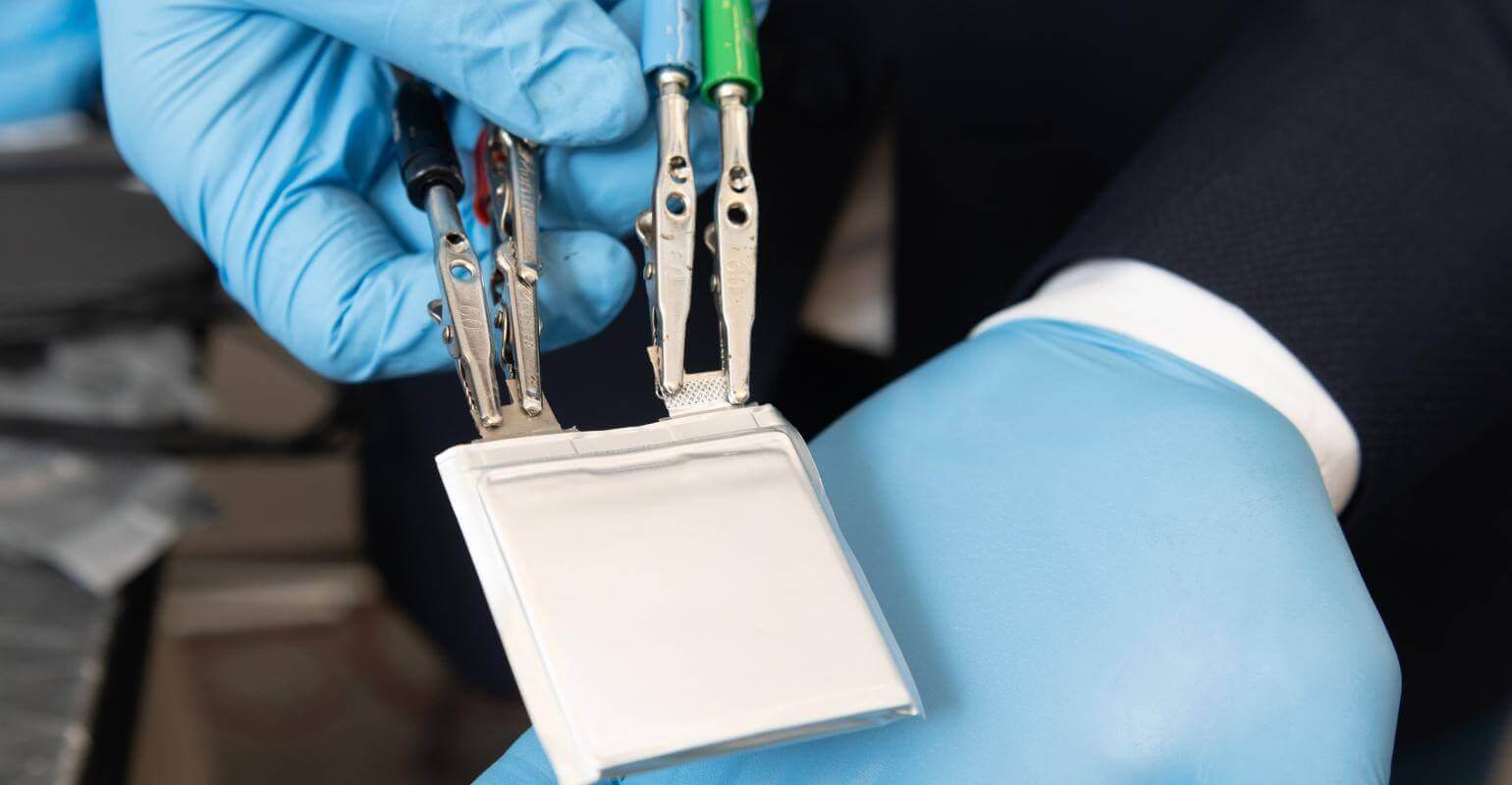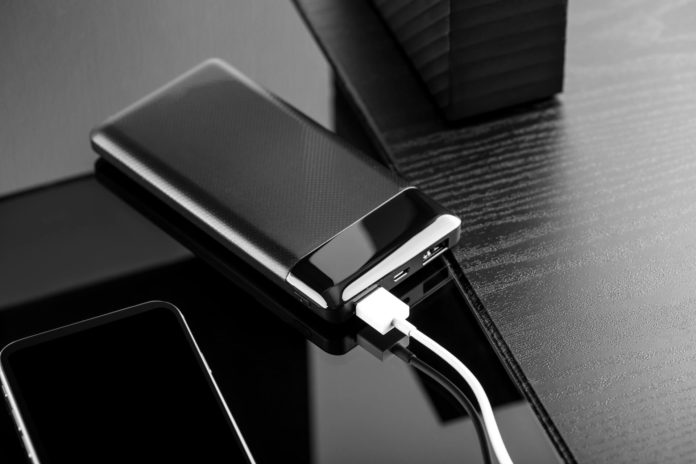A new cathode and electrolyte are the key to doing away with these increasingly scarce metals in lithium batteries.
Lithium-ion batteries have gained in popularity over the last decade based on their higher power and small size. But their popularity is straining the world’s supply of cobalt and nickel, two metals used in lithium batteries. As a result, prices for those metals have skyrocketed.
To develop alternative designs for lithium-based batteries with less reliance on those scarce metals, researchers at the Georgia Institute of Technology have been looking into new cathode and electrolytes to replace the expensive metals and traditional liquid electrolyte with lower cost transition metal fluorides and a solid polymer electrolyte.
“Electrodes made from transition metal fluorides have long shown stability problems and rapid failure, leading to significant skepticism about their ability to be used in next generation batteries,” says Gleb Yushin, a professor in Georgia Tech’s School of Materials Science and Engineering. “But we’ve shown that when used with a solid polymer electrolyte, metal fluorides show remarkable stability, even at higher temperatures, which could lead to safer, lighter, and less-expensive lithium-ion batteries.”
In typical lithium-ion batteries, energy is released during the transfer of lithium ions between an anode and a cathode, with the cathode typically made of lithium and transition metals such as cobalt, nickel, and manganese. Ions flow between the electrodes through a liquid electrolyte.
The Georgia Tech researchers fabricated a new type of cathode from iron fluoride and a solid polymer electrolyte nanocomposite. Iron fluorides have more than double lithium’s capacity of traditional cobalt- or nickel-based cathodes. In addition, iron is 1/300th the cost of cobalt and 1/150th the cost of nickel.
To produce such a cathode, the researchers inserted a solid polymer electrolyte into a prefabricated iron fluoride electrode. They then hot pressed the entire structure to increase density and eliminate voids.
The polymer-based electrolyte is flexible so it can accommodate the swelling of the iron fluoride while cycling and forms a stable and flexible interphase with iron fluoride. Traditionally, the swelling and side reactions have been key problems when using iron fluoride in batteries.

Source: MD
“Cathodes made from iron fluoride have enormous potential because of their high capacity, low material costs, and the broad availability of iron,” Yushin says. “But changes in volume during cycling, as well as parasitic side reactions with liquid electrolytes and other degradation issues, have limited their use previously. Using a solid electrolyte with elastic properties solves many of these problems.”
The researchers then tested several variations of the new solid-state batteries to analyze their performance over more than 300 charging and discharging cycles at a temperature of 122⁰F. They found that the new batteries outperformed previous designs using metal fluoride even when these were kept cool at room temperatures.
The researchers determined that the key to the better battery performance was the solid polymer electrolyte. In previous attempts using metal fluorides, it was believed metallic ions moved to the cathode’s surface to eventually dissolve into the liquid electrolyte, causing a capacity loss, particularly at elevated temperatures. In addition, metal fluorides catalyzed the rapid decomposition of liquid electrolytes when cells operated above 100⁰F. However, at the connection between the solid electrolyte and the cathode, the solid electrolyte remains stable, preventing the electrolyte from dissolving.
“The polymer electrolyte we used was common, but many other solid electrolytes and other battery or electrode architectures, such as core-shell particle morphologies, should be able to dramatically mitigate or even fully prevent parasitic side reactions and attain stable performance characteristics,” says Kostiantyn Turcheniuk, a research scientist in Yushin’s lab.
In the future, the researchers aim to develop new and improved solid electrolytes to enable fast charging and to combine solid and liquid electrolytes in new designs fully compatible with conventional cell manufacturing used in large battery factories.
















































